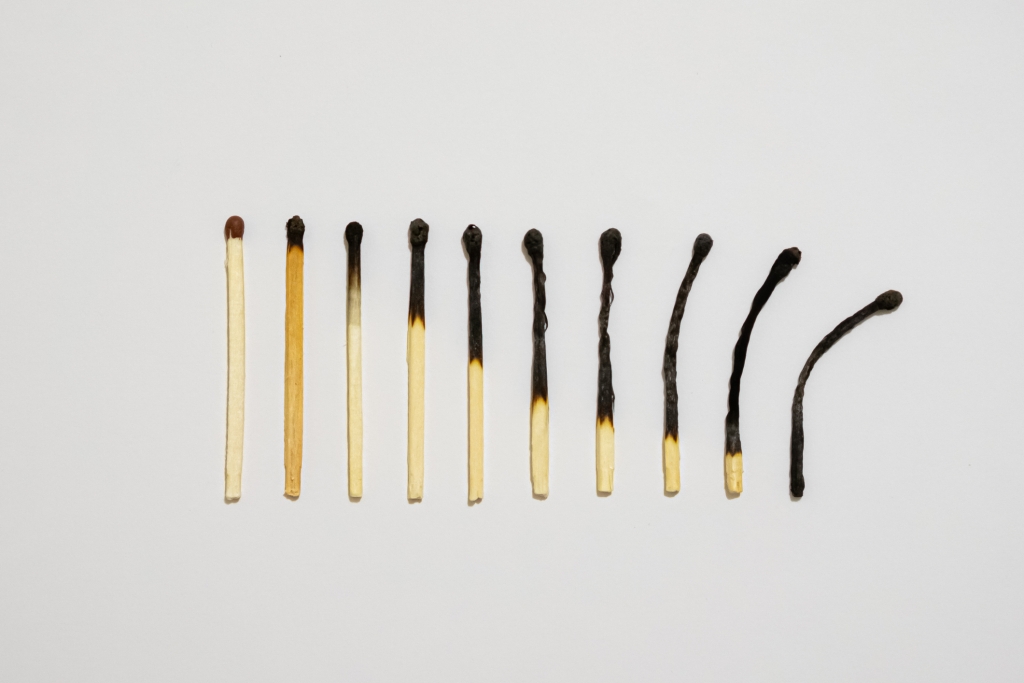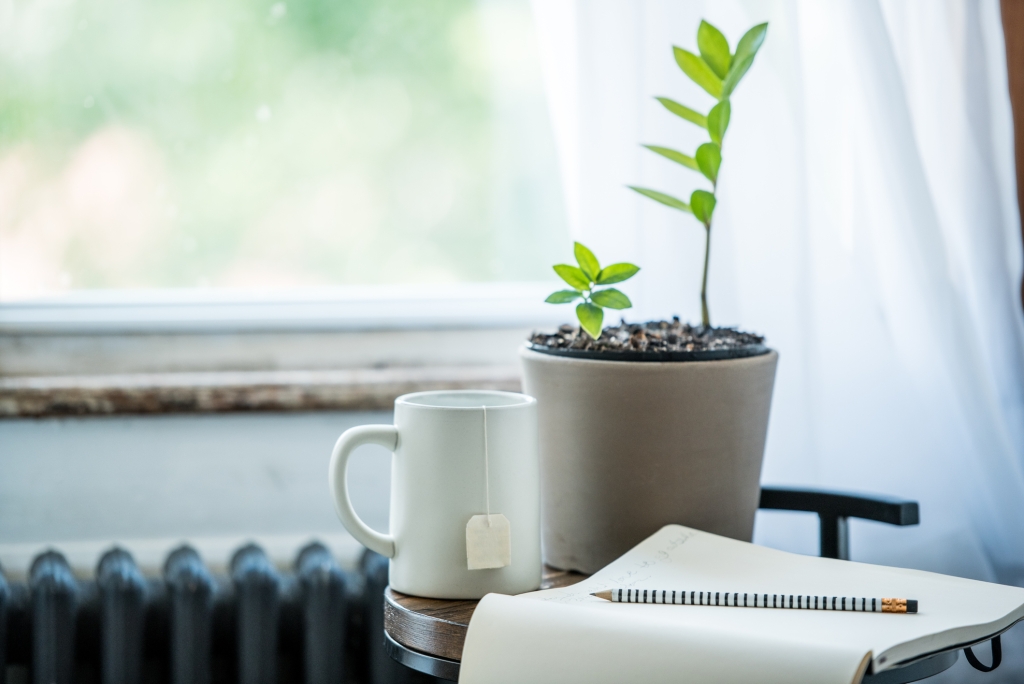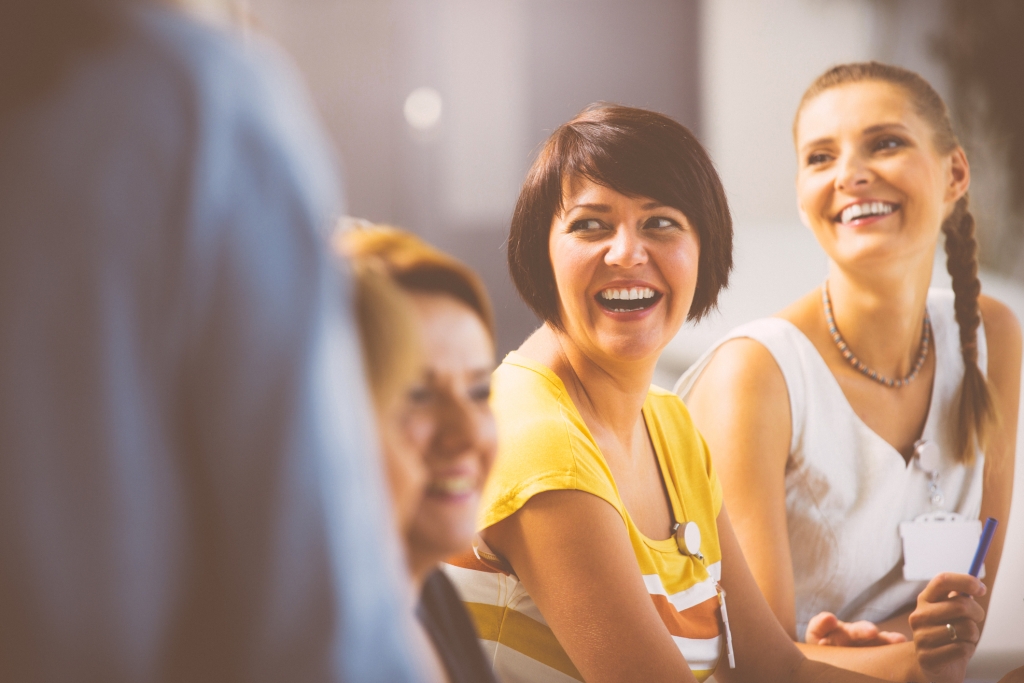Teach(er) Resiliency Blog Series: Illness to Wellness - A Continual Journey

Teach(er) Resiliency Blog Series: Illness to Wellness - A Continual Journey
As educators, you are very giving, constantly thinking of others, completing tasks, and looking out for the best interests of your students, family, colleagues, and friends. I must say that this is admirable and at the same time somewhat dangerous.
And I know this from first-hand experience.
How, you ask?
Well, when I was a school-based administrator, I poured my heart, soul, and energy into ensuring everyone else, as well as my “to do” list, were the priority, and I put myself at the back of the bus, the result: I burned myself out!
What is Burnout?

At the time of my “crash and burn”, I didn't really know what burnout was. Burnout was originally described by Freudenberger (1975), further explored by Maslach, Shaufeli & Leiter (2009) and recently expanded by Emily and Amelia Nagoski (2020). Burnout is defined as having three key elements:
- Emotional exhaustion – the fatigue that comes from caring too much, for too long;
- Depersonalization – the depletion of empathy, caring, and compassion (sometimes referred to as cynicism), and
- Decreased sense of efficacy & accomplishment – an unconquerable sense of futility; feeling that nothing you do makes a difference. (Adapted from Nagoski & Nagoski, p. xi)
Interestingly, research by these recent authors indicates that, for people in caring professions, like teachers, burnout is a significant mental health issue, affecting up to 30% of us.
Now, what might burnout look like for a teacher?
You might:
- Wake up wondering how you will possibly get through the day
- Find yourself resentful or overwhelmed, even by a small request
- Avoid going to the staff room
- Eat on the go, alone, or while working
- Can’t shut your mind off work
- Over talk about work at home
Hmm, does this sound like you or someone you know? If so, I want you to know:
“If you don’t take time for your wellness, you will be forced to take time for your illness.” And I’d like to share some of the practices I embed in my days to recover from burnout. Rest assured that these could also be used to avoid burnout. As I now, know that when you practice self-care and are healthy, you are better able to support others as well.
On my healing journey, I initially started working with my medical doctor and a counsellor. I took medication for my depression and felt some relief and hope. I also explored non-conventional wellness experiences that had an even greater impact on my physical, emotional, mental, and spiritual health. I found it was not an either/or decision about which professionals to seek out. Rather, it was a synergy of support from many and I embraced a holistic approach.

Each of us travels a very personal, courageous, and vulnerable path to maintain our wellness. It is an inside job that can require a great deal of outside support. Trust yourself to know that you will identify the actions and people who can best support you.
The very first step in my healing journey occurred when (at the end of a devastating parent meeting where I broke down) my principal walked me into my office, dialed the phone, and connected me to our district’s counselling services. I was very grateful for this because I didn't have the strength, courage, or knowledge to access counselling at that time. The counsellor identified that I was suffering from depression. My depression and inability to cope in the classroom provided the impetus that sent me on an extended medical leave.
I had a very close friend, my next-door neighbour, a retired teacher named Marilyn, who could see me struggling. As we walked our dogs each morning, she offered a kind heart and a listening ear and was able to guide and support me, not only with her words but with her connections to the people who have supported me on my wellness journey. I remember Marilyn suggesting that I see her naturopath, I had never even heard of a naturopath. This was a new experience, having someone take the time to regard me holistically. My naturopath’s gentle and professional manner helped me start to regain my physical health.
My naturopath introduced me to Deborah, a ThetaHealing practitioner. ThetaHealing is a meditation technique and spiritual philosophy that helped me release many negative thoughts. I was able to engage my mind, body, and spirit, transforming limiting beliefs, and work toward a positive lifestyle.
Marilyn also introduced me to Ariel. She provided massage and Reiki (ray-key). Reiki is a Japanese technique for stress reduction and relaxation that promotes healing.
While studying under Ariel to become a Reiki Master myself, I had a profound experience. In one of our classes, we were asked to go inside ourselves to meet our inner child. During the exercise, I saw a scrawny, malnourished, underdeveloped infant girl who was crying for help. I tried my best to comfort her, but she would not be consoled. It shook me to my core. As we debriefed, I cried out that I would never deny a little child the love and nourishment she needed! I was very upset as I relayed this message. Ariel, kindly pointed out that the baby girl represented me, and that I, in fact, was suffering because I was not looked after by myself. What a devastating, yet enlightening observation. This experience prompted me to explore more opportunities to support myself.
My friendship with Marilyn also led me to Jaki, best known for her healing work of over 30 years. She taught me how to journey so that I could tap into different realms in order to find wisdom and support. Journeying is a method of accessing information from what is referred to as non-ordinary reality. When we state our intentions clearly, a journey can bring us information and guidance from what we might call a higher perspective. The messages are presented in words, images, and sensations.” (Geddes, 2007)
I also spent 10 transformative months in a non-cultural program experiencing the medicine wheel teachings with Jaki (Daniels). As a result, I received wisdom and knowledge from my Spirit Guides (those beings in non-ordinary reality I communicated with). This work helped me to go deeper, gain confidence, and know myself on a much broader level.

Over the course of my healing journey, I learned about mindset and what a powerful tool our mind is. It can drive us to accomplish great feats and it can bring us crumbling to our knees with fear and doubt, depending on the messages we choose to listen to.
For instance, I have to admit, I’ve been tardy in completing this blog. My thoughts ran rampant. I convinced myself that I was an incompetent, inadequate imposter, with little knowledge of wellness. These were very hurtful thoughts that I would never say to anyone else. Thankfully, I was able to regain a positive mindset to believe in myself and move forward to share my message. The keys to this shift were self-awareness and self-compassion. When I was aware of my thoughts, and how I was speaking to myself about my writing, I could reframe what I was saying. I also reached out for help and shared how I was struggling. These combined actions led to words of encouragement (even my own), hopefulness, and yes - completing my writing!
Knowing how the mind works, and having the ability to focus on what I can control, has been transformative. I am not always optimistic, but I recognize that I can choose my thoughts, words, actions, habits, and values, thus shaping my life in a positive way.

I live a five-minute walk from Fish Creek Provincial Park in Calgary, Alberta. It is a wonderful natural area with kilometers of pathways. There is a lovely flowing creek, hearty vegetation, wildlife, and a feeling of aliveness emanating from Earth there. During my medical leave, my relationship with Fish Creek and Mother Earth deepened.
There is no doubt that most of us enjoy spending time in nature and, in fact, it is incredibly good for us as well! Research indicates that “Spending at least 120 minutes a week in nature is associated with good health and wellbeing” (White et al, 2019).
At the time, I did not realize that I was unconsciously drawn to immerse myself in the natural environment. I would sit or lie on Mother Earth and listen to the flowing water. I would gaze at the clear or cloudy sky. I literally felt held in a gentle and nourishing way, each time I came back home feeling rejuvenated, hopeful, and much less depressed.

No matter what stage of your teaching career you are in, I hope you will take good care of yourself. Notice when you are nearing or suffering from burnout, listen to trustworthy people around you, know that it is possible to recover and heal. Trust that you will be led to the people, practices, and steps that will best serve you. Remember your healing journey is unique to you, so honour it.
And treat yourself with loving-kindness, as you would your own best friend. In other words, “Take time for your wellness, so you don’t have to take time for illness.”
References
Daniels, Jaki. (2020). About Jaki. https://www.jakidaniels.com/about
Freudenberger, H. J. (1975). The staff burn-out syndrome in alternative institutions. Psychotherapy: Theory, Research & Practice, 12(1), 73–82. https://doi.org/10.1037/h0086411
Geddes, Marilyn. (2007). Ask the Very Beasts - Words & Comfort from Unexpected Sources.
Learoyd, Ariel (2020). About Ariel. www.ariellearoyd.com
Maslach, Shaufeli & Leiter (2009). Burnout: 35 Years of Research and Practice.
Nagoski, E. & A. Nagoski. (2020). Burnout. New York. Ballantine Books.
Rand, William Lee. (2005). “Reiki” the Healing Touch First and Second Degree Manual.
Roy, Catherine B. https://catherinebroy.com
Stibal, Vianna. (1995). Theta Healing https://www.theahealing.com/about-thetahealing.html
White M., I. Alcock, J. Grellier, B. Wheeler, T. Hartig, S. Warber, A. Bone, M. Depledge & L. Fleming. (2019). Spending at least 120 minutes a week in nature is associated with good health and wellbeing. https://www.nature.com/articles/s41598-019-44097-3








